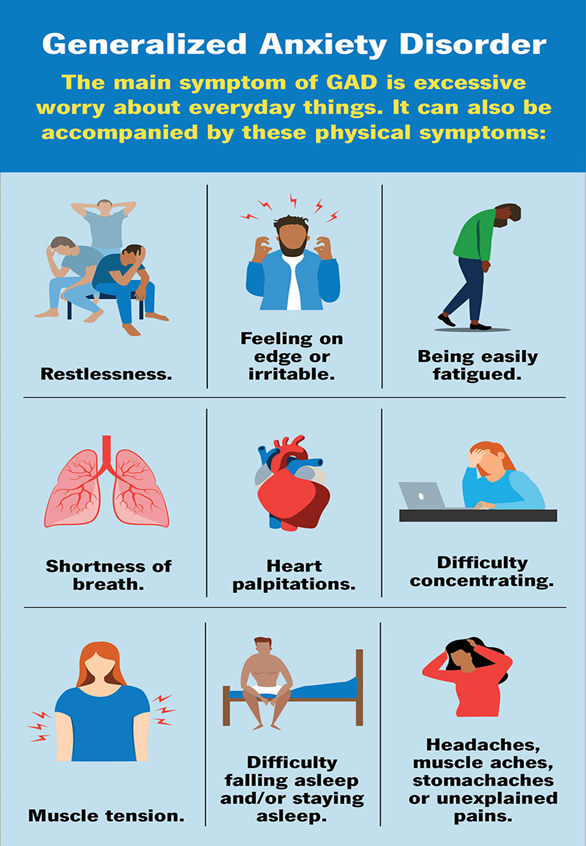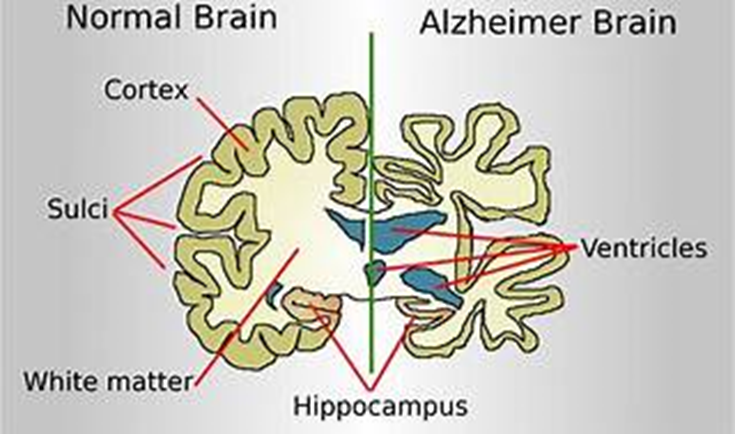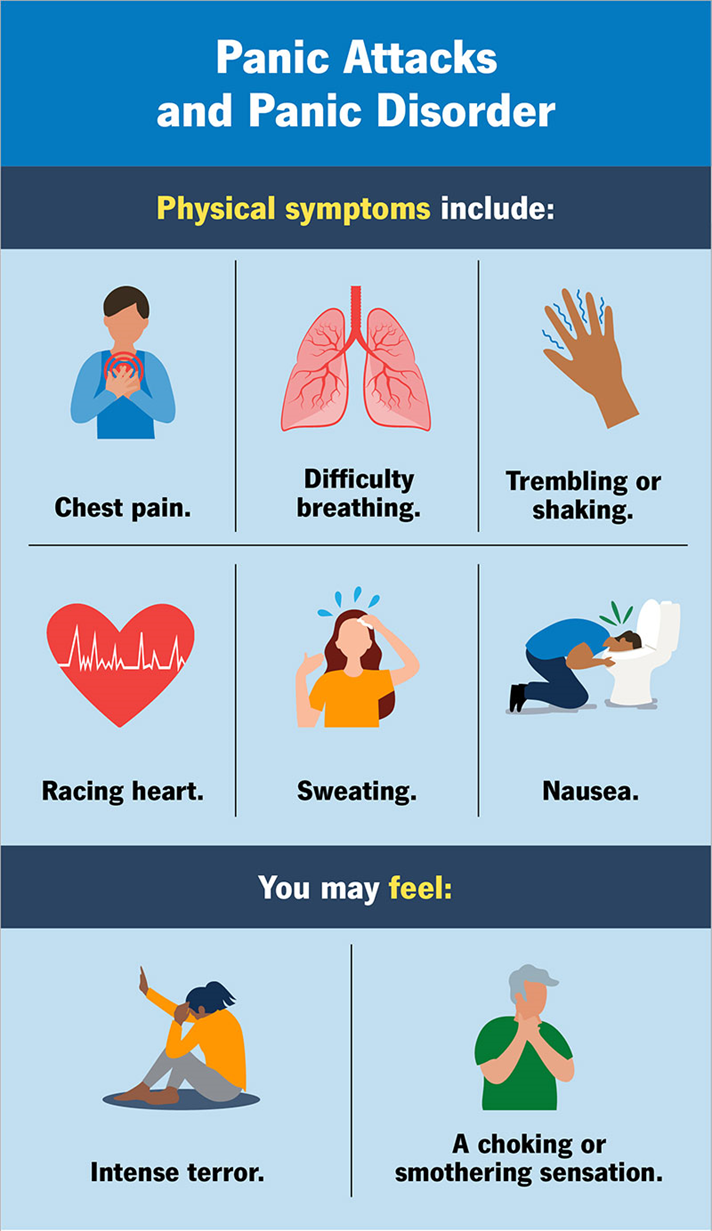A client diagnosed with generalized anxiety disorder (GAD) is started on buspirone. Which statement made by the client indicates teaching has been effective? The client verbalizes that:
Clonazepam is to be used for long-term therapy in conjunction with buspirone.
Clonazepam is to be used short-term until the buspirone takes full effect.
Buspirone should be taken as needed until clonazepam takes full effect.
Tolerance could result with long-term use of buspirone.
The Correct Answer is B
Choice A Reason:
Clonazepam is to be used for long-term therapy in conjunction with buspirone.
This statement is incorrect. Clonazepam, a benzodiazepine, is typically used for short-term relief of anxiety symptoms due to its potential for dependence and tolerance1. Long-term use of benzodiazepines is generally avoided in favor of medications like buspirone, which do not carry the same risks of dependence.
Choice B Reason:
Clonazepam is to be used short-term until the buspirone takes full effect.
This is the correct response. Buspirone takes several weeks to achieve its full therapeutic effect. During this period, clonazepam may be used to manage acute anxiety symptoms. Once buspirone reaches its full effect, clonazepam can be tapered off to avoid long-term use and potential dependence.

Choice C Reason:
Buspirone should be taken as needed until clonazepam takes full effect.
This statement is incorrect. Buspirone is not intended for as-needed use; it must be taken consistently to maintain stable blood levels and achieve its therapeutic effect. Clonazepam, on the other hand, is used for short-term relief and should not be relied upon for long-term management of anxiety.
Choice D Reason:
Tolerance could result with long-term use of buspirone.
This statement is incorrect. Unlike benzodiazepines, buspirone does not typically cause tolerance or dependence with long-term use. It is considered a safer option for chronic management of anxiety disorders.
Nursing Test Bank
Naxlex Comprehensive Predictor Exams
Related Questions
Correct Answer is ["A","B","E"]
Explanation
Choice A Reason:
The statement “It is okay to eat dessert with my dinner every night” indicates a need for re-teaching. Diet plays a significant role in the risk of developing Alzheimer’s disease. Consuming high amounts of sugar and unhealthy fats can increase the risk of developing conditions like diabetes and cardiovascular disease, which are linked to a higher risk of Alzheimer’s. A balanced diet, such as the Mediterranean or MIND diet, which emphasizes fruits, vegetables, whole grains, and healthy fats, is recommended to reduce the risk.

Choice B Reason:
The statement “I have less to worry about because I am a female” is incorrect and indicates a need for re-teaching. In fact, women are at a higher risk of developing Alzheimer’s disease compared to men. This increased risk is partly due to women living longer than men, but even after accounting for longevity, women still have a higher incidence of Alzheimer’s. Therefore, it is crucial for females to be aware of their risk and take preventive measures.
Choice C Reason:
The statement “I can speak with my healthcare provider about genetic testing” does not indicate a need for re-teaching. Genetic testing can provide valuable information about one’s risk for Alzheimer’s disease, especially if there is a family history of the condition. While routine genetic testing is not generally recommended for everyone, discussing it with a healthcare provider can help individuals understand their risk and make informed decisions about their health.
Choice D Reason:
The statement “I need to make sure to take my blood pressure medication daily” is correct and does not indicate a need for re-teaching. Controlling blood pressure is crucial in reducing the risk of Alzheimer’s disease. High blood pressure, particularly in midlife, is a significant risk factor for cognitive decline and Alzheimer’s. Therefore, taking blood pressure medication as prescribed is an important preventive measure.
Choice E Reason:
The statement “I do not have time in my schedule to add a daily walk” indicates a need for re-teaching. Regular physical activity is one of the most effective ways to reduce the risk of Alzheimer’s disease. Exercise improves blood flow to the brain, reduces inflammation, and promotes the growth of new brain cells. Incorporating physical activity, such as a daily walk, into one’s routine is essential for maintaining cognitive health and reducing the risk of Alzheimer’s.
Correct Answer is B
Explanation
Choice A Reason:
Increase external stimuli.
Increasing external stimuli is not appropriate during a panic attack. Panic attacks are characterized by intense fear and anxiety, often accompanied by physical symptoms such as rapid heartbeat, sweating, and shortness of breath. Increasing external stimuli can exacerbate these symptoms and heighten the client’s distress. The goal during a panic attack is to reduce stimuli and create a calming environment to help the client regain control.
Choice B Reason:
Stay with the client and speak to them in a calm manner.
This is the correct response. Staying with the client and speaking to them in a calm manner provides reassurance and helps to ground them during the panic attack. The presence of a calm and supportive nurse can help reduce the client’s anxiety and provide a sense of safety. This approach aligns with therapeutic communication techniques and is effective in managing acute anxiety episodes.

Choice C Reason:
Allow the client to have their requested space.
While it is important to respect a client’s need for space, leaving them alone during a panic attack may not be the best approach. Clients experiencing panic attacks may feel overwhelmed and frightened, and the presence of a supportive nurse can help them feel safer and more secure. It is important to balance the client’s need for space with the need for support and reassurance.
Choice D Reason:
Review the updated problem list with the client.
Reviewing the updated problem list is not appropriate during a panic attack. This action requires cognitive engagement and focus, which the client may not be capable of during an acute anxiety episode. The priority during a panic attack is to help the client calm down and manage their immediate symptoms, not to discuss or review problems.
\
Whether you are a student looking to ace your exams or a practicing nurse seeking to enhance your expertise , our nursing education contents will empower you with the confidence and competence to make a difference in the lives of patients and become a respected leader in the healthcare field.
Visit Naxlex, invest in your future and unlock endless possibilities with our unparalleled nursing education contents today
Report Wrong Answer on the Current Question
Do you disagree with the answer? If yes, what is your expected answer? Explain.
Kindly be descriptive with the issue you are facing.
